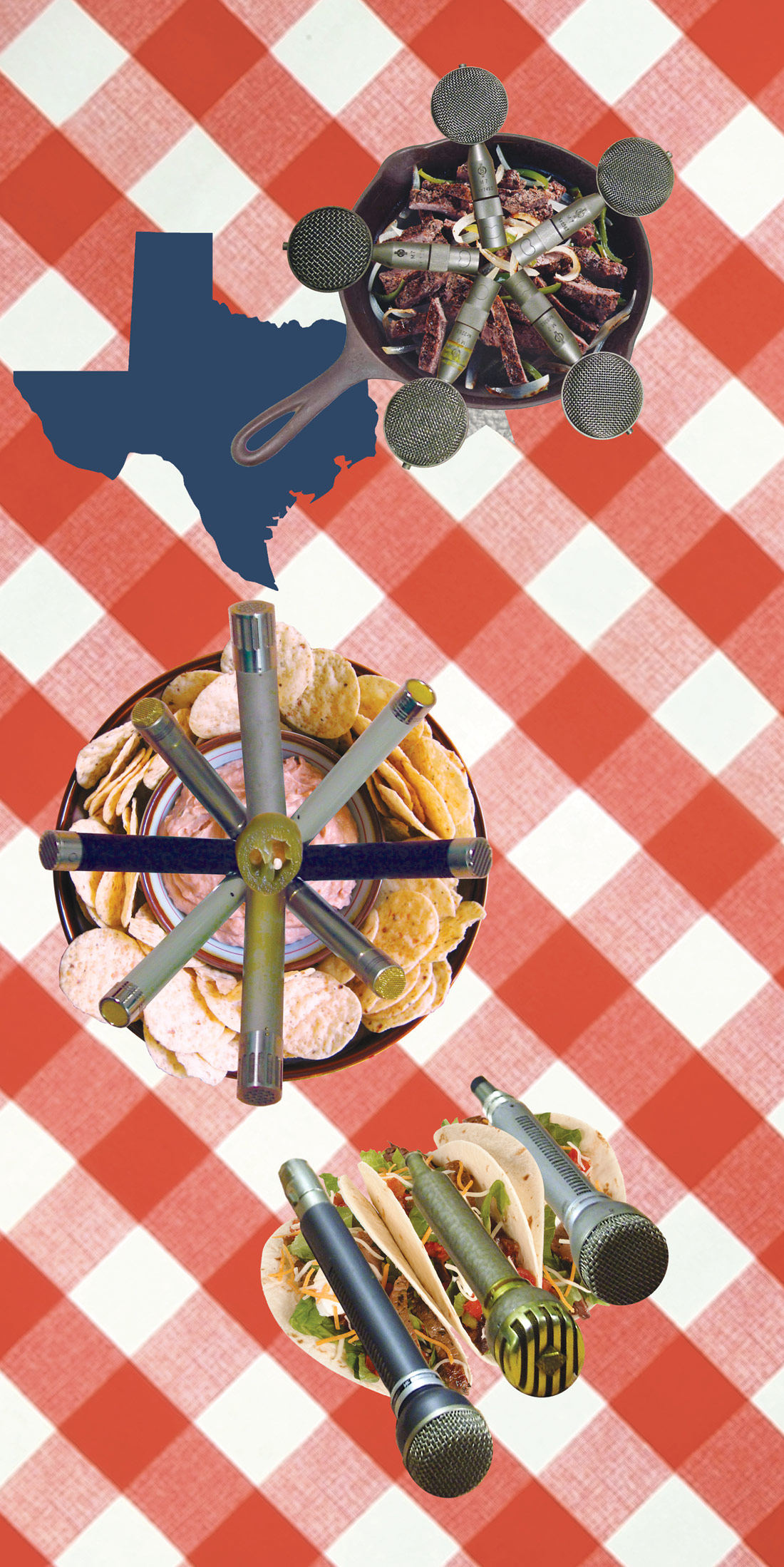When an aspiring producer expressed her goal to remain in the analog/tape domain as much as possible, I played her a song I had recorded some years ago — "You Know" by Nedelle & Thom from the CD Summerland (Kill Rock Stars). I've been asked a number of times if it was recorded to tape, and my producer friend too felt that it sounded like tape. The song was recorded on a hard-disk recorder through a digital console. My point? Tape is not the end-all for achieving a pleasant, round, smooth, warm, vintage — insert your favorite feel-good term here - sound. Sure, there are many aspects of running tape (both sound and workflow-wise) that have no true equals in DAW-based production, but I feel that I've been successful achieving an "analog feel" in my digital recordings. I'll offer a few simple tips here. First and foremost are the performers, of course, but assuming that's already covered and you're working with talented, studio-savvy musicians who know how to "work" the recording chain, let's talk about that recording chain. I tend to start with mics that aren't overly bright, like the Lauten Audio Atlantis [reviewed in this issue], or at the affordable end of the spectrum, the Shure KSM32 [Tape Op #16]. In fact, all of the vocals on the aforementioned Nedelle & Thom album were sung into a KSM32, and due to the mic's neutral tone, it's a great choice for all types of instrument recording. I also own and use a bunch of ribbon mics, including the Cascade Gomez [#66], a low- cost mic with loads of character. On electric guitar, my all- time favorite mic is the much-maligned AKG C 1000S [#35]. The various online forums are abound with hatred for this electret condenser, but I rely on its "creamy" midrange and the way it distorts when placed in front of a loud guitar amp. Much of what we describe as "analog flavor" is actually distortion in various forms. In this specific case, when the distortion is managed properly along with the overall signal level, you're blessed with creamy midrange that jumps "forward," and depending on the preamp you're feeding, you can highlight that behavior so that the guitar really stands out strong in the mix, without need for additional processing. I'm not talking about distortion of the mandex and hair-spray variety; if you listen to the Nedelle & Thom song, you'll know what I mean when I say it's "warm" and subtle. The preamps I like to pair with the C 1000S are my vintage Neve 1272 and my AwTAC Awesome Channel Amplifier [#93] — a marriage of overdriven transformers and transistors. Often, I feed a second preamp, like those in my DMX R100 digital console [#25], which start to distort 6 dB before the converters do. In essence, what I'm doing is overloading multiple stages of analog electronics before the signal reaches the converters, which can accentuate the analog flavor of whatever is in that chain. I touch on this basic idea in the Atlantis review. Although it may seem like a ridiculous suggestion, try the preamp-feeding-preamp for yourself. Keep in mind that the least bit of distortion can go a long way, especially when you are stacking tracks, and what I'm suggesting is that you add this distortion during tracking, which means you'll be committing to it as soon as you hit record. Adding analog flavor during mixing is also an option, especially because it can "glue" a mix together, but regardless, I like the control of capturing individual tracks of analog flavor first, as the non-linearities don't add up to the same thing when mixed. -AH

